Political violence in the United States has surged in recent years. What once appeared as rare acts of extremism have become a recurring feature of American public life.
Leaders, activists, government institutions, and even bystanders are threatened by the erosion of democratic norms and what appears to be a shift towards violence.
- Political violence in the U.S. has surged to levels unseen since the 1970s, marked by high-profile attacks like Charlie Kirk's assassination.
- Experts warn lone actors, often radicalized online via unregulated tech platforms, drive most political violence, not mass movements.
- Political violence intimidates communities and threatens democratic norms by normalizing extremism as political expression.
The assassination of conservative activist Charlie Kirk represents the most recent and most visible manifestation of a dangerous trend: targeting those who do not hold the same beliefs.
The U.S. is experiencing the highest amount of political violence since the 1970s. Image credits: Kent Nishimura/Getty Images
Last week, Utah Governor Spencer Cox warned that America is facing a watershed moment, and said whether it was the end of a dark chapter or the start of one remained to be seen.
Experts and politicians alike have warned that escalating political violence needs to be tackled now.
Experts say there is not a mass movement of political violence
Political violence does not just injure or kill individuals — it intimidates communities, discourages open debate, and makes civic participation dangerous.
If left unchecked, it risks normalizing itself as a method of political expression.
Mike Jensen, research director at Maryland University’s National Consortium for the Study of Terrorism and Responses to Terrorism (START), told Reuters that Kirk’s assassination was not necessarily surprising.
He said there were around 150 politically motivated attacks in the U.S. in the first half of 2025, which is nearly double the amount in the same period in 2024.
Charlie Kirk was assassinated last week. Image credits: Michael Ho Wai Lee/SOPA Images/LightRocket via Getty Images
“I think we are in a very, very dangerous spot right now that could quite easily escalate into more widespread civil unrest if we don’t get a hold of it,” Jensen told the outlet.
“This could absolutely serve as a kind of flashpoint that inspires more of it.”
Between the January 6, 2021, Capitol riot and the 2024 presidential election, Reuters has tracked 300 cases of political violence across the U.S.
Those figures mark the most profound surge of political violence in the country since the 1970s.
Experts believe a number of factors contribute to the increased risk of political violence, including rapidly declining democracy, divisions in society on the basis of race, religion or ethnicity, political leaders tolerating or encouraging violence, and civilian access to guns.
Barbara Walter, professor of International Affairs at the School of Global Policy and Strategy at UC San Diego, told Politico that violence also tends to spike around elections.
Protesters outside the U.S. Capitol on January 6, 2021. Image credits: Kent Nishimura / Los Angeles Times via Getty Images
“Most acts of political violence in America over the past two decades have been carried out by lone actors — young men radicalized online,” she said. “The radicalization pipeline runs through a handful of American tech companies that remain almost entirely unregulated.”
“If lawmakers were willing to curb the algorithms that amplify conspiracy theories, disinformation and hate, they could weaken the pipeline feeding violent extremism,” Walter added.
“After Charlie Kirk’s assassination, that may be the single most immediate lever left to pull. The question is whether America has the will to pull it before the violence grows worse.”
Recent data collated by Sean Westwood, director of the Polarization Research Lab and an associate professor at Dartmouth College, found that less than 2% of Americans believe political murder is acceptable.
Westwood says there is no mass movement of political violence, echoing comments made by other experts who believe most acts are committed by lone perpetrators.
It is important to contextualize support for partisan violence in the US against other democracies. It might not feel like it this week, but US support is vanishingly small *AND* low relative to other developing and developed democracies. Our nation is not looking for violence.… pic.twitter.com/N5GQMkBjuk
— Sean Westwood (@seanjwestwood) September 14, 2025
“The core problem is not a widespread desire for violence, but a profound misperception of the other side,” Westwood told Politico.
“My data also show that Americans estimate nearly a third of their political opponents support partisan murder. This belief that one is facing a vast, murderous faction — rather than a few isolated extremists — creates a phantom enemy that makes the country feel far more dangerous than it actually is.”
Westwood cited attacks on Jewish people, public officials, government facilities, and threats towards election workers, describing political violence as a serious and dangerous trend.
But, he said the trend is one of “individual radicalization” and not a coherent mass movement.
“It is a whisper aimed at the unstable man in his basement — validating his terror of a murderous opposition and giving his private rage a public warrant.”
The killing of Charlie Kirk is part of a grim pattern of political violence in America. This is what the data show https://t.co/VWFdw2meqhpic.twitter.com/sUb85aoFTh
— The Economist (@TheEconomist) September 16, 2025
In terms of tackling the surge in violence, Westwood noted that the onus should fall on political leaders, but he has little faith they would make the right call.
“The long-term cost — the steady erosion of democratic stability — is an externality that leaders seem willing to ignore,” Westwood said.
“They can continue to stoke the fire for one more election cycle, or they can finally decide that the country they wish to lead is worth saving from the flames. I am not optimistic that, in the short term, they will make the right call.”
A timeline of recent political violence
While the below timeline outlines some of the most significant acts of political violence in recent years, it does not detail every reported incident.
January 6, 2021 – The U.S. Capitol riot
- A mob stormed the U.S. Capitol in an attempt to overturn the results of the 2020 presidential election. The attack left multiple people dead, injured hundreds, and marked the most direct assault on American democratic institutions in modern history.
October 28, 2022: Attack on Paul Pelosi
- The husband of then-House Speaker Nancy Pelosi was assaulted with a hammer by an intruder seeking to target her.
June 8, 2022: Plot against Justice Brett Kavanaugh
- A man was arrested outside Justice Kavanaugh’s home, armed and intending to kill him in response to the Supreme Court’s expected decision to overturn Roe v. Wade.
July 13, 2024: Attempted assassination of Donald Trump
- A shooter opened fire at a campaign rally in Butler, Pennsylvania, and shot Donald Trump in the ear, when he was the presumptive nominee of the Republican Party in the 2024 presidential election.
April 13, 2025: Arson attack on Governor Josh Shapiro’s home
- A man tried to kill Shapiro by setting his home on fire while he and his family slept inside.
June 14, 2025: Assassination of Speaker Emerita Melissa Hortman and husband Mark
- A man pretending to be a police officer shot and killed the couple at their home.
June 14, 2025: Attempted assassination of State Senator John Hoffman and wife Yvette
- The couple was gunned down at their home shortly before the Hortmans were murdered, by the same man.
September 10, 2025 : Assassination of Charlie Kirk
- Conservative activist Charlie Kirk was assassinated by a sniper during a public event at Utah Valley University.
How is political violence best tackled?
How to reduce political violence is a question that many democracies have found themselves asking in recent years, including the U.S.
In a 2024 study published in the Journal of Democracy, researchers Rachel Kleinfeld and Nicole Bibbins Sedaca attempted to answer this question.
The study emphasized that political and cultural leaders play a central role in tackling political violence.
Melissa Hortman and husband Mark were assassinated this year. Image credits: Steven Garcia/Getty Images
Consistently rejecting violence, avoiding dehumanizing rhetoric, and discouraging extremist behavior makes it clear that violent acts have no legitimacy, Kleinfeld and Sedaca noted.
They further highlighted the importance of strong, impartial institutions, saying that when courts and law enforcement operate fairly and transparently, citizens are more likely to trust the system.
Other equally critical elements were community-level action to build relationships across political and social divides, and the need for movements and activists to maintain nonviolent discipline.
Trump after an attempted assassination in 2024. Image credits: Anna Moneymaker/Getty Images
Both of these actions help to delegitimize violence and defuse tensions, the researchers said.
They summarized their points with five pillars that are essential in tackling political violence:
- Leaders must insist on nonviolence
- Governments and leaders must support the rule of law
- Countries must alter political incentives
- Communities must organize for peace
- Activists and political leaders must police their flanks
“America’s political-violence problem is rooted in several mutually reinforcing political problems — deepening polarization, winner-take-all politics, parties’ failure to root out extremist elements, and waning public faith in democratic institutions,” the study read.
Experts say leaders and activists must unite. Image credits: David Ryder/Getty Images
“The biggest takeaway from international experiences in defusing such violence is that leadership matters: The more that leaders at all levels — from presidents and party leaders, to police chiefs and judges, to activists and community leaders — commit to upholding democratic values, to rejecting violence and antidemocratic, lawless behavior, and to using the tools that democracy provides to reform institutions and inspire hope and attachment to the system, the faster the trend can be reversed.”
The study concluded that combining those five pillars can reduce the likelihood of political violence and strengthen democratic norms, but noted political leaders have the most influence in shaping public opinion.
While the U.S. is not yet facing a mass movement of political terror, the current trajectory is dangerous.
Whether America steps back from the brink will depend on whether its leaders, institutions, and citizens reject violence before it becomes a permanent feature of political life.
One thing is clear: the longer it takes to act, the harder it will be to restore what has been lost.
Poll Question
Thanks! Check out the results:
Sorry but "the assassination of conservative activist Charlie Kirk" do not "represent the most recent and most visible manifestation of a dangerous trend". That would be -as of this morning- Fox News host Brian Kilmeade calling for ex*cution of homeless and mentally ill people by "involuntary lethal injection or something, just k*ll 'em". I have little doubt MAGAts would surpass it within the day, though.
Sorry but "the assassination of conservative activist Charlie Kirk" do not "represent the most recent and most visible manifestation of a dangerous trend". That would be -as of this morning- Fox News host Brian Kilmeade calling for ex*cution of homeless and mentally ill people by "involuntary lethal injection or something, just k*ll 'em". I have little doubt MAGAts would surpass it within the day, though.



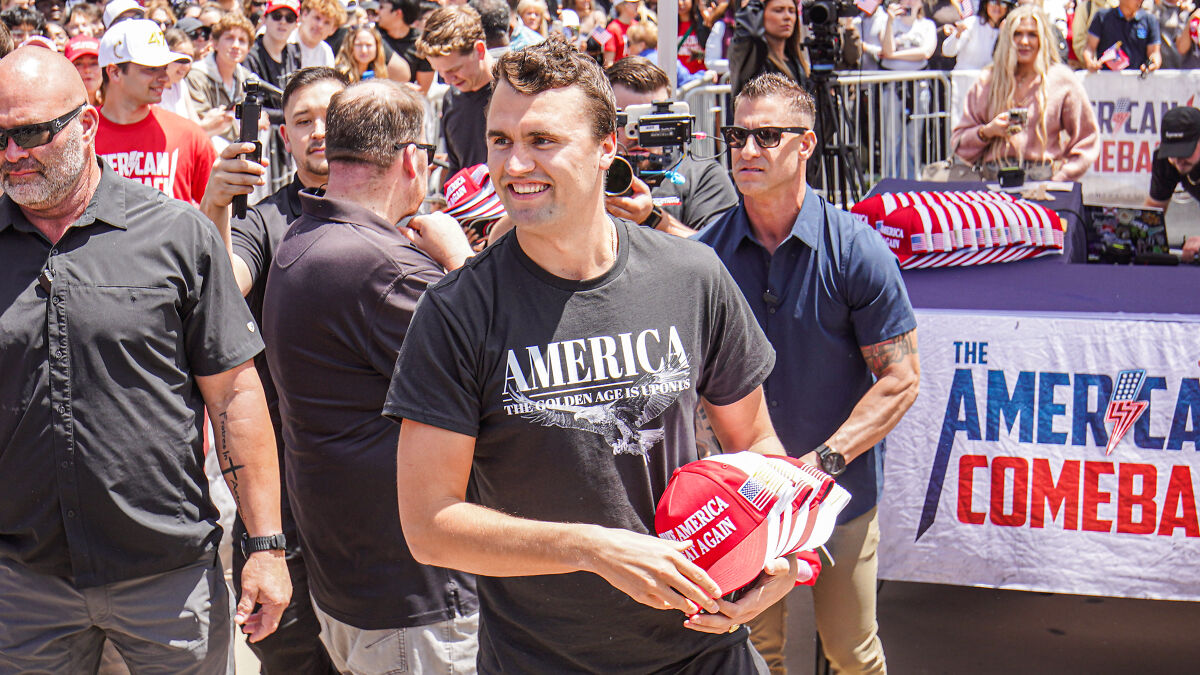


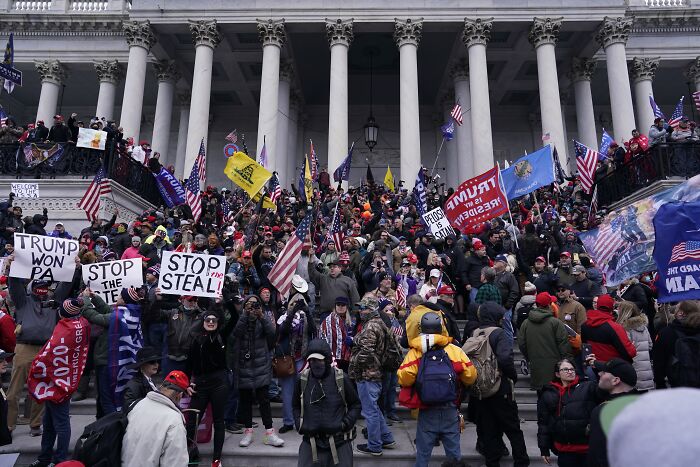
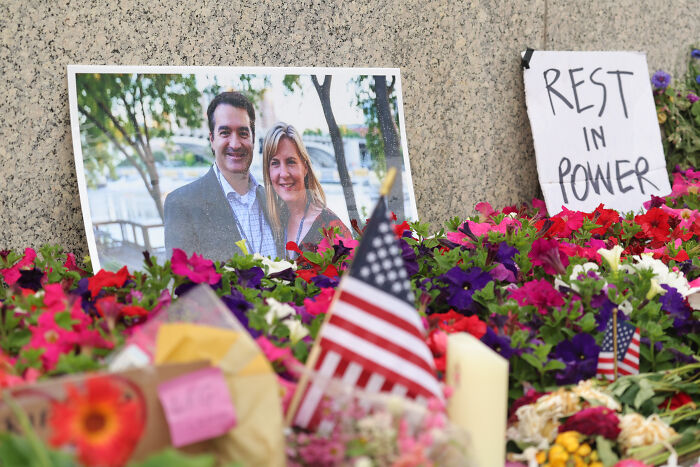
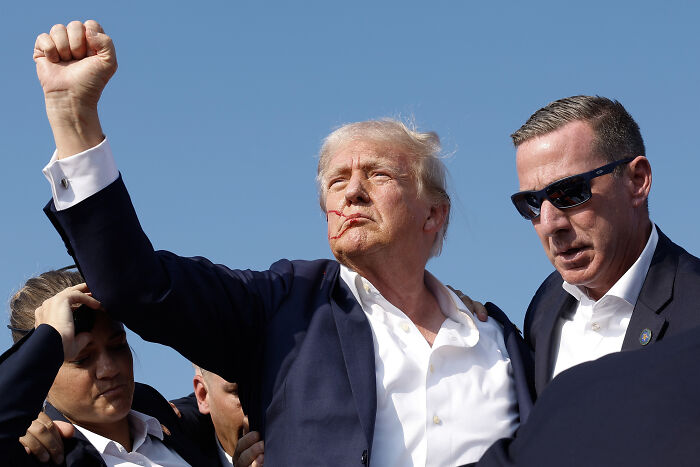
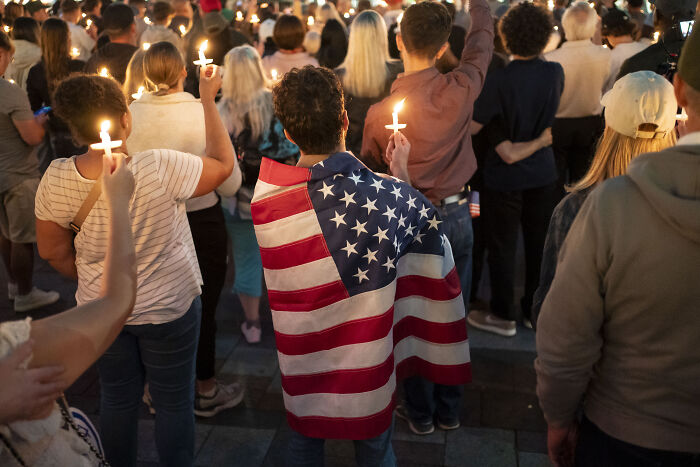



17
3